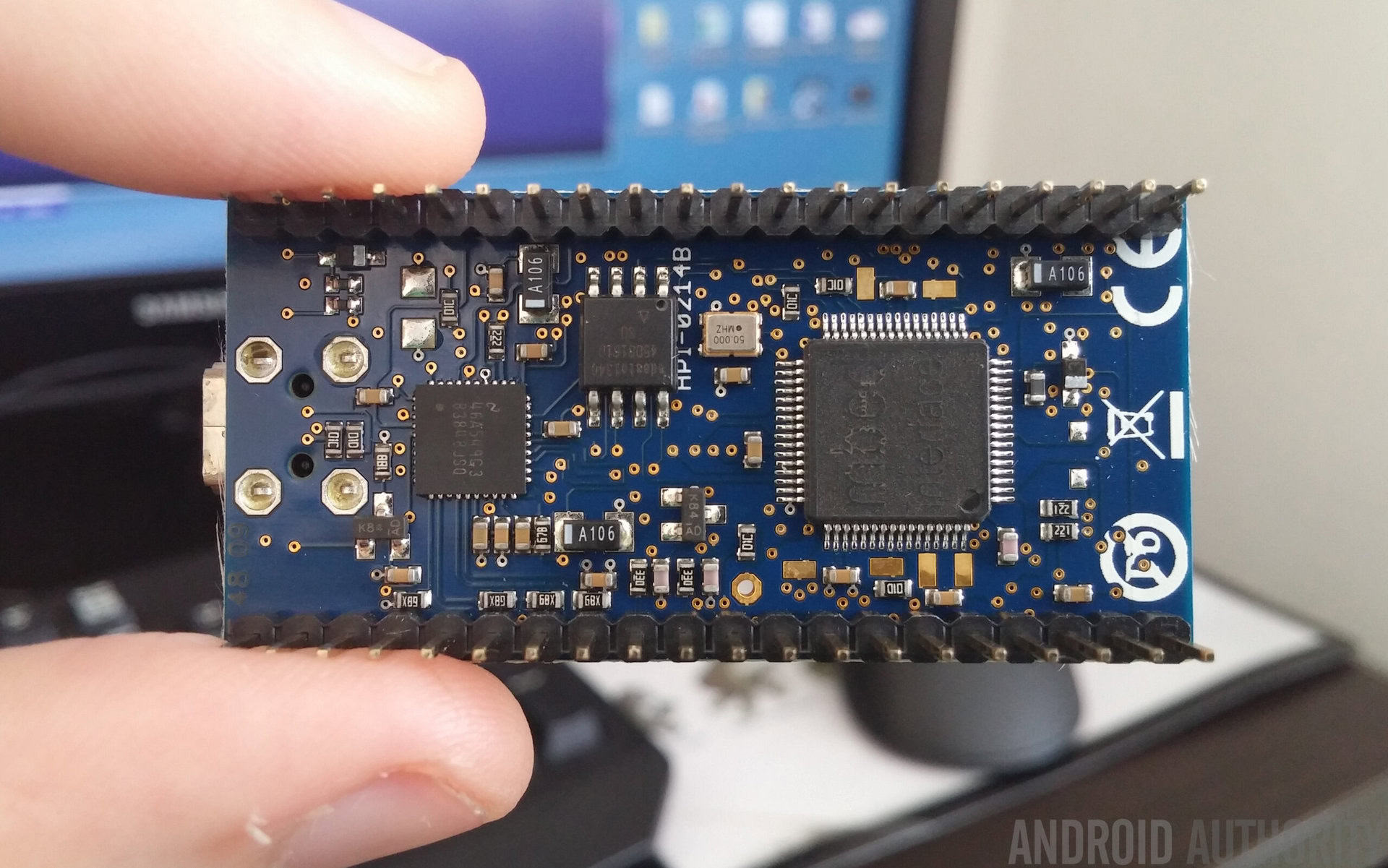Affiliate links on Android Authority may earn us a commission. Learn more.
3 atom thick material breakthrough could lead to ultra-thin processors

Researchers from Cornell University have announced a breakthrough in transition metal dichalcogenide (TMD) production that could lead to much thinner transistors, the building block for faster, smaller and more power efficient processors.
TMDs are promising materials for future semi-conductors, solar cell and light detector technologies as they are incredibly thin. This is especially important as integrated circuit and processor producers look to push the boundaries of silicon below the 10nm processes. New materials will be needed if manufacturers wish to extend Moore’s Law. This technology may sound familiar to graphene, and both can be used to produce very thin film layers for electronics. Highly conductive TMD films can be produced which measure just three atoms thick, but the issue is that they are easy to break and suffer from high failure rates.
“Our work pushes TMDs to the technologically relevant scale, showing the promise of making devices on that scale,”… “In principle there is no barrier toward [commercial viability].” – Saien Xie, paper author
This is where the breakthrough comes in, as researchers from Cornell have managed to produce a new industrial technique known as “metal organic chemical vapor deposition (or MOCVD). The technique mixes iethylsulfide and a metal hexacarbonyl compound atop a silicon wafer and then bakes them at 550 degrees for 26 hours in hydrogen gas. This method has been tested on a batch of 200 wafers and only two of them were faulty, which is a 99 percent success rate and a promising sign for this process.
However, a larger sample size is needed before the technique can be confirmed as consistent and the temperature of production is too high for other components at the moment. There’s still more research to be done and this technology is still a number of years away from commercial viability, but it’s very promising nonetheless. The video below is quite insightful if you want to know more about TMDs.